GOTY 2015
When constructing a Game of the Year list, I always like to adopt a sort of unified theme behind the games that I've chosen to highlight as the year's best. In 2015, that guiding philosophy is "I didn't have a whole lot of money this year, so here's a bunch of small games and Indies that I either bought for less than ten quid or were given to me." A bold strategy for a top ten, perhaps, but I think my readers deserve a layered critique.
I'd also like to promote the Go! Go! GOTY daily series which helped me finalize this year's top ten. If nothing else, it offers additional insight into the games I discovered in December, many of which made their way onto this list.
(Future Spoilers: I fully intend to add to this list later, retroactively adding 2015 games as I play them in the years to follow. They'll all go below the top ten as it stands right now in order to preserve it, though their inclusion is to suggest that they almost certainly would've made it into the top ten had the circumstances been different and are every bit as praise-worthy. Hey, it's the best way of getting around the fact that I barely played anything new this year.)

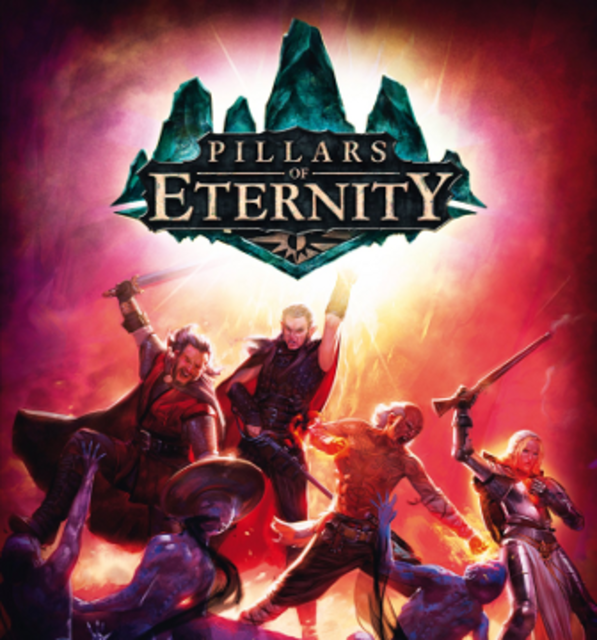
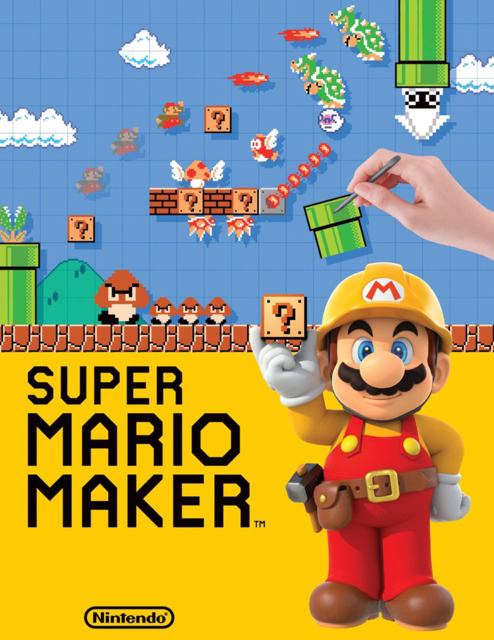
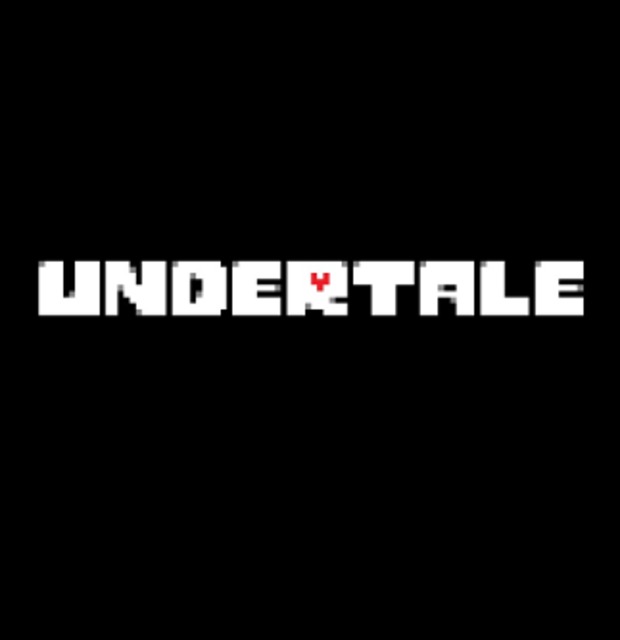
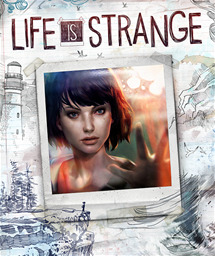
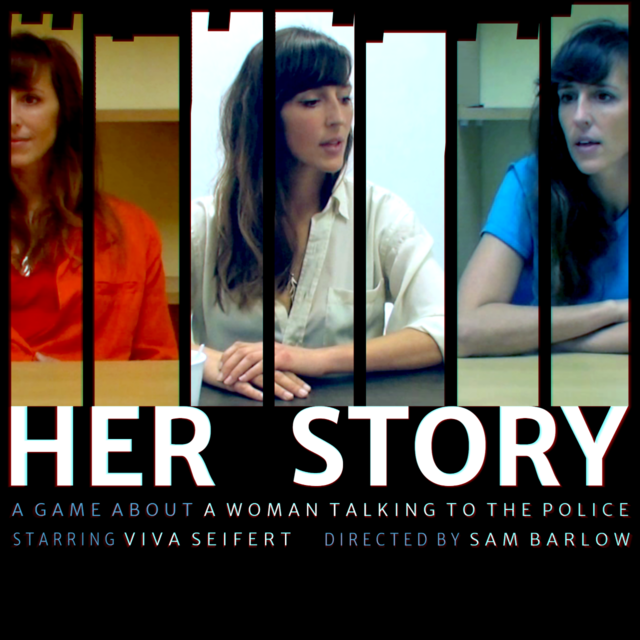
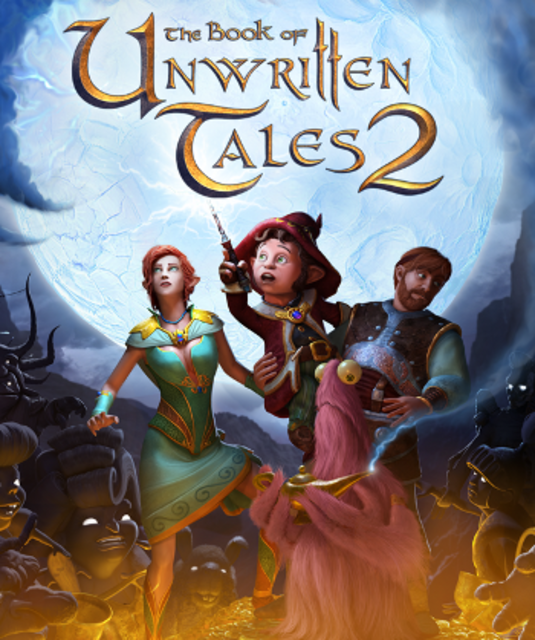
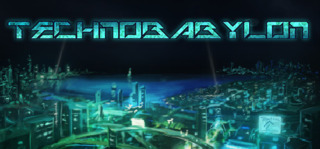
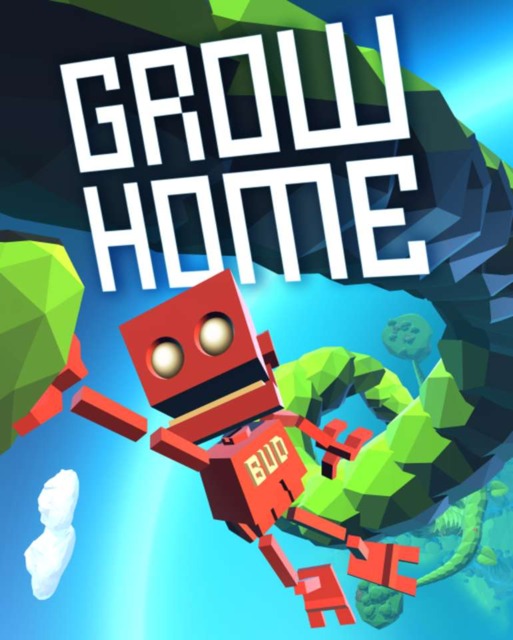

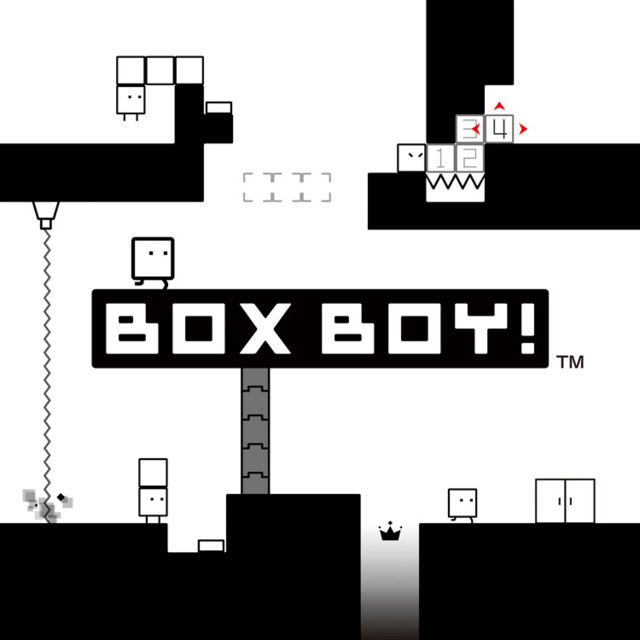
2 Comments